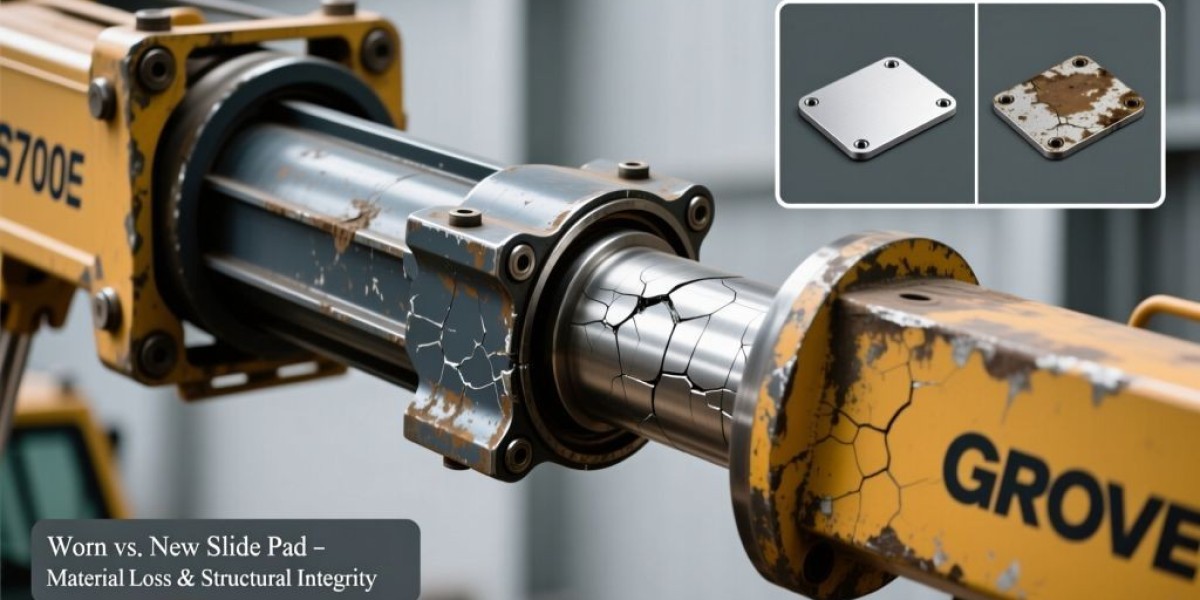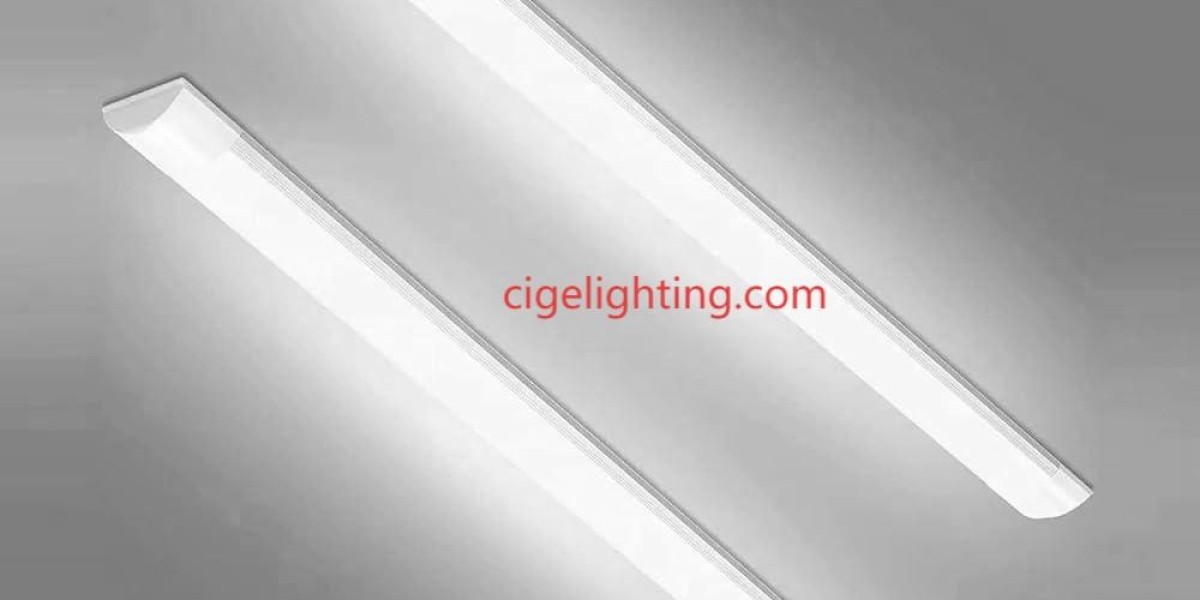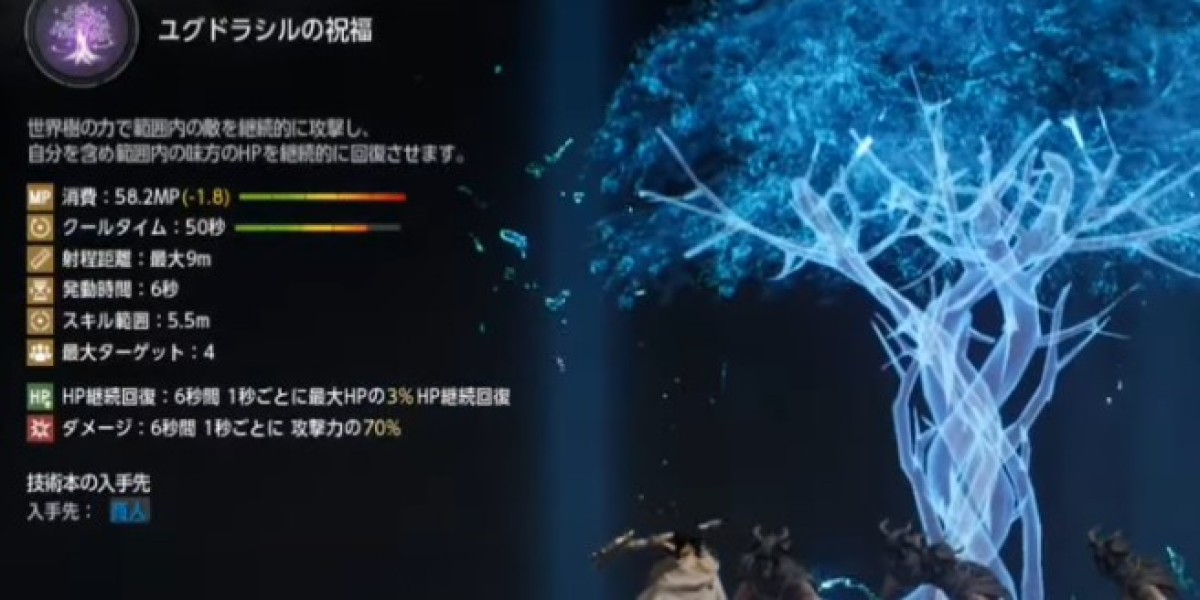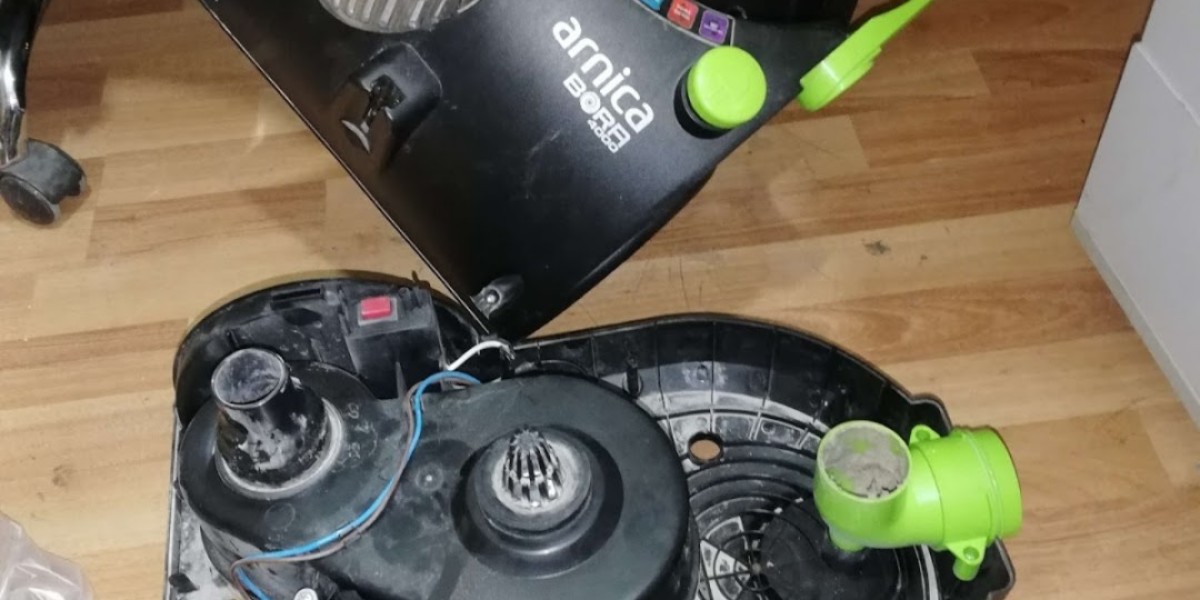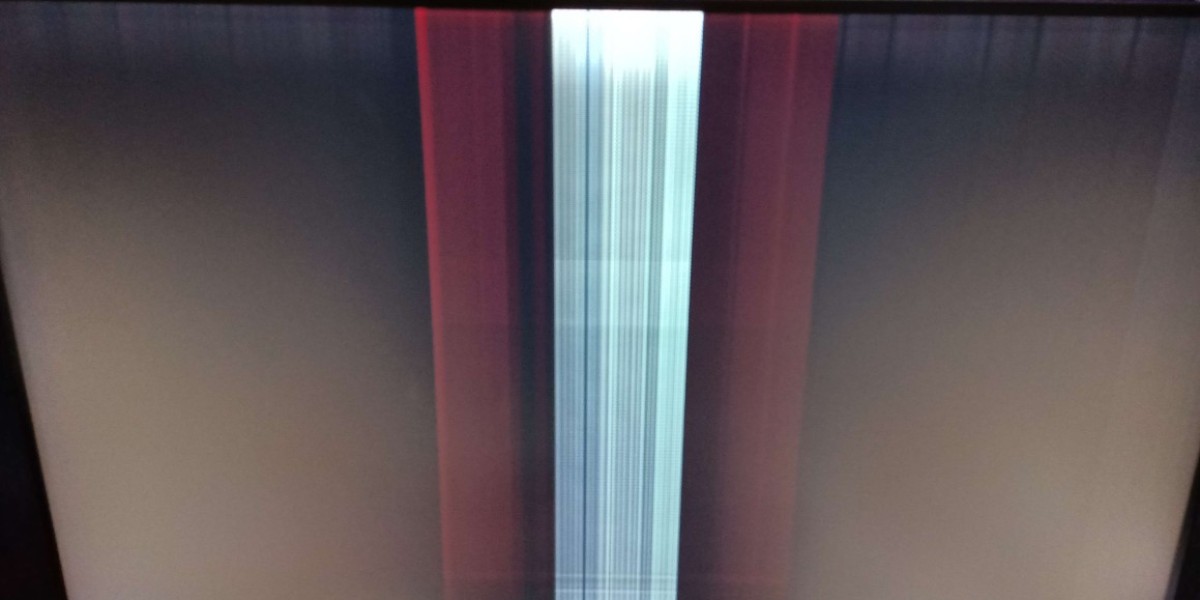The Grove TMS700E is a dependable crane built for heavy lifting and extended reaches, but its boom and jib components endure significant wear from demanding tasks. Essential Grove crane parts, such as slide pads, seals, pins, and sheaves, degrade over time due to friction, pressure, and environmental factors. By understanding these wear points, partnering with a reliable crane parts supplier, and implementing proactive maintenance, operators can keep the TMS700E safe, efficient, and operational.
Why Wear Affects the Boom and Jib
The boom and jib are the TMS700E’s core lifting components, handling the weight and reach of every load. These sections rely on smaller parts to manage stress, friction, and movement. Each lift cycle introduces wear through metal-on-metal contact, hydraulic pressure, and flexing, while environmental factors like dust or extreme temperatures accelerate degradation. The TMS700E’s robust design mitigates some wear, but no crane is immune.
Early detection and timely replacement of worn parts are essential to prevent downtime and ensure safety. A strong maintenance strategy, combined with a trusted crane parts supplier, keeps the crane performing at its best.
Key Boom Wear Components
The TMS700E’s telescopic boom operates through multiple sections, relying on components that experience significant wear due to constant motion and load stress.
Slide Pads and Wear Pads: These align boom sections, preventing metal-on-metal grinding. Heavy loads and repetitive extension cause pads to compress or crack, leading to misalignment and potential structural damage. Inspecting pads every 200–300 hours ensures early detection. Replacing these Grove crane parts before failure maintains smooth operation and protects the boom.
Hydraulic Cylinder Seals: These seals enable precise boom extension by maintaining hydraulic pressure. Aging seals harden, crack, or leak, causing sluggish movement or fluid loss. Daily checks for leaks and monthly pressure tests identify issues early. Prompt replacement restores lifting accuracy and prevents hydraulic system damage.
Pins and Bushings: These connect the boom to the superstructure, enabling pivoting under load. Wear from constant stress creates looseness, stressing adjacent parts. Greasing every 50 hours extends their life, but replacement is necessary when wear is evident. Neglecting pins or bushings risks costly damage to the boom assembly.
Sheaves: Positioned at the boom tip, sheaves guide the wire rope. Worn grooves or seized bearings accelerate rope wear, increasing costs. Weekly lubrication and monthly inspections for groove wear or binding ensure sheaves function properly. Replacing worn sheaves protects the wire rope and maintains efficiency.
Jib Wear Components
The jib extends the crane’s reach, often under high tension, placing significant stress on its components.
Jib Connecting Pins: These secure the jib to the boom, enduring stress during attachment and lifting. Uneven wear or elongated holes cause looseness, reducing precision. Inspecting pins every 100 hours and replacing them when worn maintains stability and safety.
Sheaves and Bearings: Jib sheaves guide the wire rope, relying on bearings for smooth rotation. Worn sheaves damage the rope, while seized bearings create drag. Weekly lubrication and monthly inspections prevent excessive wear, but replacement is necessary when damage occurs.
Stop Pads: These cushion the jib during stowing or transport, preventing metal-on-metal contact. Degraded pads allow direct contact, risking cracks or misalignment. Inspecting stop pads after frequent jib use ensures timely replacement.
Spotting Wear Early
Operators can detect wear through subtle performance changes. Stiff or jerky boom movements suggest worn slide pads. Hydraulic leaks indicate failing seals. Loose pins or bushings cause rocking during lifts. On the jib, rope drag or hoisting resistance signals worn sheaves, while a misaligned stowed jib points to worn stop pads or pins.
Daily inspections, combined with operator feedback, catch these issues early. A 10-minute pre-shift check can reveal problems that, if addressed promptly, prevent major repairs. Maintenance logs help track wear trends and schedule replacements proactively.
Choosing a Crane Parts Supplier
Replacing worn parts requires high-quality Grove crane parts that meet the TMS700E’s specifications. A reputable crane parts supplier provides OEM or reliable aftermarket parts to ensure compatibility and durability. Generic parts may reduce upfront costs but lead to faster wear and higher expenses.
A trusted supplier also offers expertise, recommending parts, upgrades, or inventory strategies. Stocking common parts like slide pads, seals, and pins on-site minimizes downtime. A strong relationship with a crane parts supplier ensures quick access to parts and keeps the crane operational.
Extending Component Life
Proactive maintenance slows wear and reduces repair frequency. Key practices include:
- Lubrication: Greasing pins, bushings, and sheaves every 50–100 hours reduces friction. Manufacturer-specified lubricants ensure optimal performance.
- Cleaning: Removing dirt from seals and sheaves prevents abrasive damage. Weekly cleaning is critical in harsh environments.
- Operator Vigilance: Encourage operators to report unusual noises, sluggish performance, or leaks immediately. Early reporting prevents issues from escalating.
- Spare Parts Stock: Maintaining an inventory of common Grove crane parts ensures quick repairs, reducing downtime.
A maintenance schedule—greasing every 50 hours, inspecting pads every 200 hours, and checking seals monthly—extends component life. Training operators to recognize wear signs enhances crane reliability.
The Value of Proactive Maintenance
The Grove TMS700E’s performance depends on the condition of its boom and jib components. Small parts like slide pads, seals, pins, and sheaves bear significant stress and require regular attention. By monitoring for early wear, sourcing quality Grove crane parts from a trusted crane parts supplier, and adopting consistent maintenance practices, operators can ensure the TMS700E delivers safe, efficient performance. Proactive care extends the crane’s service life, reduces repair costs, and keeps projects on track.
